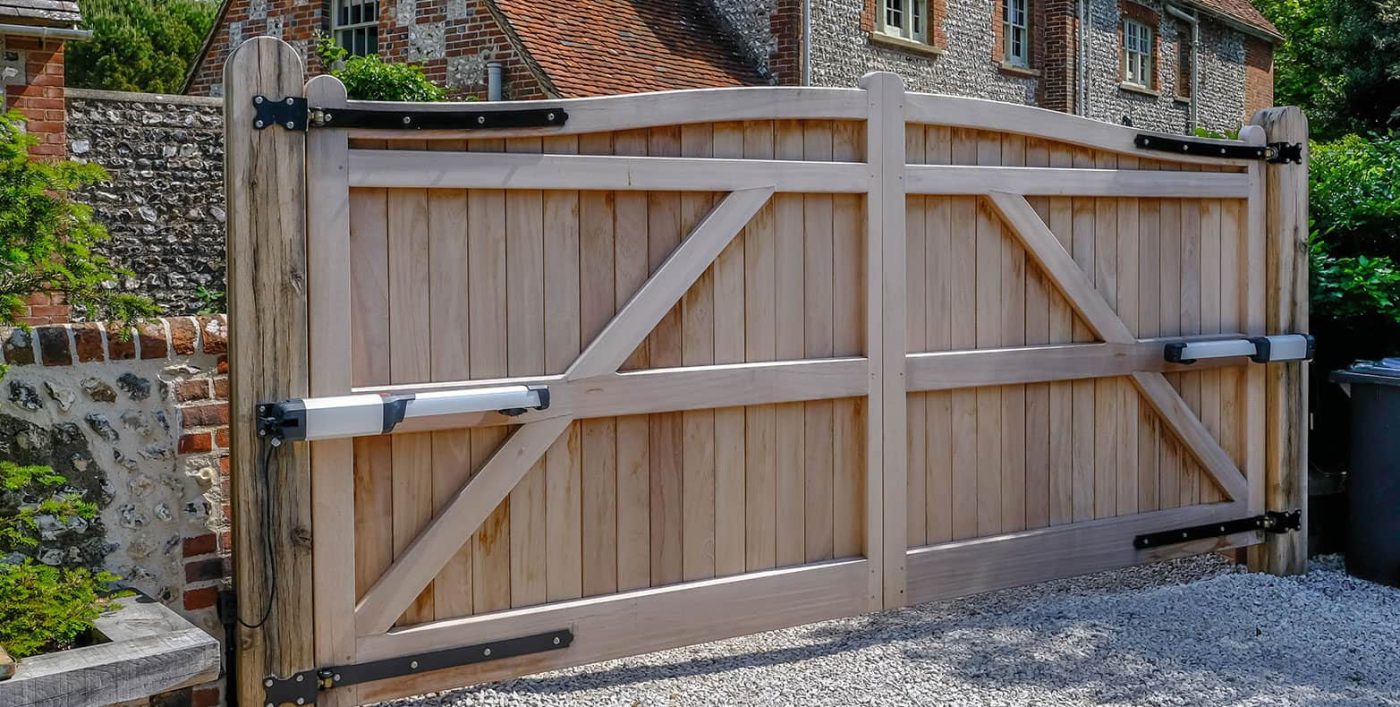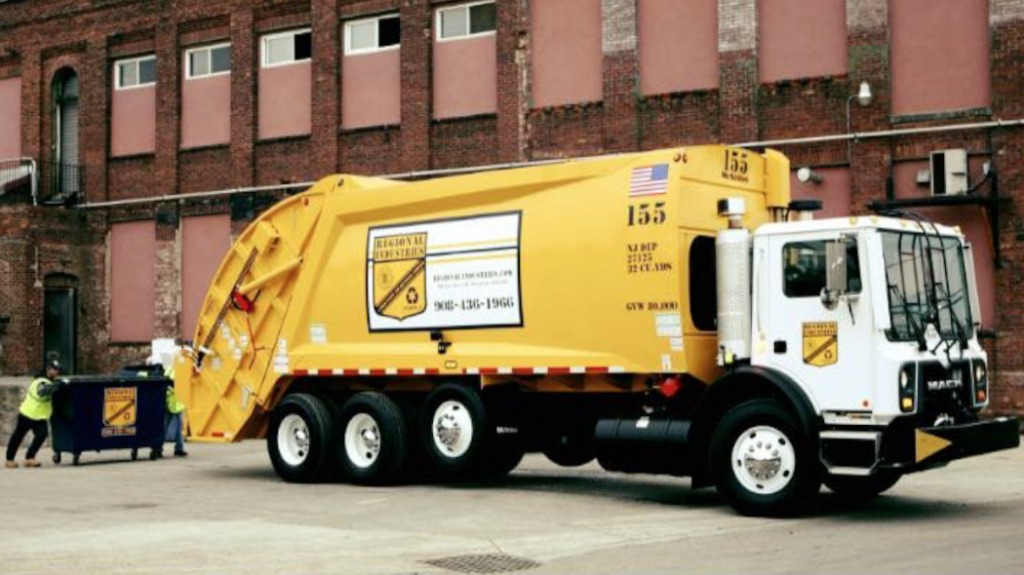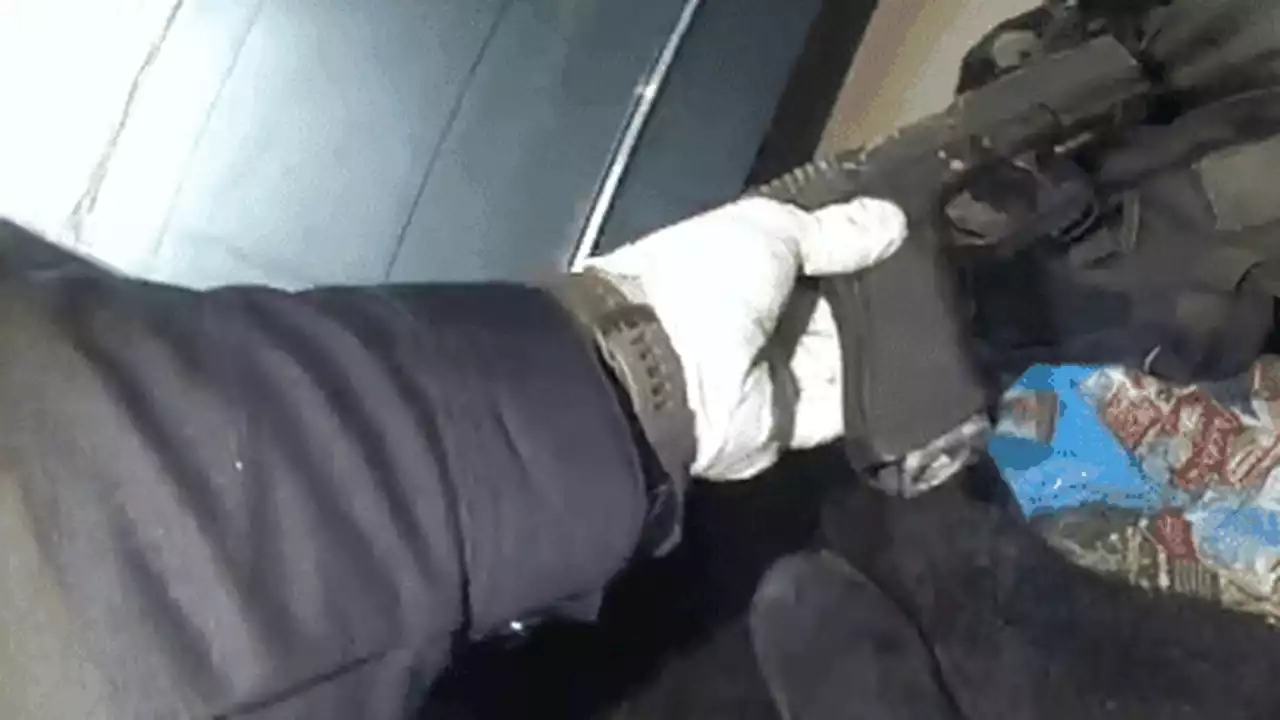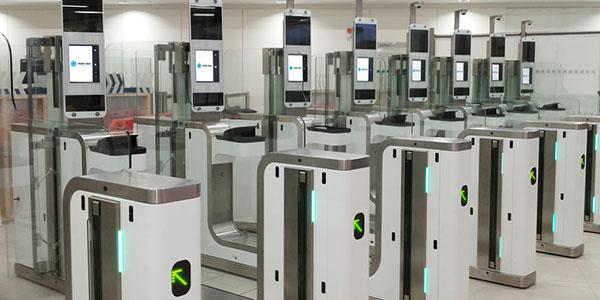These hassles are all eliminated when you decide to install an automated gate. The convenience, safety, and security linked to these gates can also … Read More Call Now 800.576.5919 Newark Jersey City Paterson Elizabeth Lakewood Township Edison Woodbridge Township Toms River Hamilton Township, Mercer County Trenton Clifton Cherry Hill Brick Township Camden Bayonne Passaic East […]
We have automatic gates for safety, but when it’s dustbin day, it is a dangerous day. Seems houses where dogs bark viciously at the municipal … Read More Call Now 800.576.5919 Newark Jersey City Paterson Elizabeth Lakewood Township Edison Woodbridge Township Toms River Hamilton Township, Mercer County Trenton Clifton Cherry Hill Brick Township Camden Bayonne Passaic […]
Proposed fence and gate … New front boundary wall, railings and automatic gates following damage/demolition of existing 1.2m high brick wall. Read More Call Now 800.576.5919 Newark Jersey City Paterson Elizabeth Lakewood Township Edison Woodbridge Township Toms River Hamilton Township, Mercer County Trenton Clifton Cherry Hill Brick Township Camden Bayonne Passaic East Orange Union City […]
… radio frequency identification (RFID) transponders, automatic gates, occupancy sensors, surveillance cameras, drivers, and other devices. Read More Call Now 800.576.5919 Newark Jersey City Paterson Elizabeth Lakewood Township Edison Woodbridge Township Toms River Hamilton Township, Mercer County Trenton Clifton Cherry Hill Brick Township Camden Bayonne Passaic East Orange Union City Franklin Township, Somerset County Middletown […]
GOVERNMENT. Bellingham Police Department will get nearly $1M in security upgrades. Upgrades include new automatic gates, taller fences and walls … Read More Call Now 800.576.5919 Newark Jersey City Paterson Elizabeth Lakewood Township Edison Woodbridge Township Toms River Hamilton Township, Mercer County Trenton Clifton Cherry Hill Brick Township Camden Bayonne Passaic East Orange Union City Franklin […]
EGate Solutions; Vision-Box; Automatic Systems; Gemalto; Atos; NEC; Ayonix; AOptix. Most important types of Airport E-Gates products covered … Read More Call Now 800.576.5919 Newark Jersey City Paterson Elizabeth Lakewood Township Edison Woodbridge Township Toms River Hamilton Township, Mercer County Trenton Clifton Cherry Hill Brick Township Camden Bayonne Passaic East Orange Union City Franklin Township, Somerset […]
Bellingham Police Department will get nearly $1M in security upgrades. Upgrades include new automatic gates, taller fences and walls … Read More Call Now 800.576.5919 Newark Jersey City Paterson Elizabeth Lakewood Township Edison Woodbridge Township Toms River Hamilton Township, Mercer County Trenton Clifton Cherry Hill Brick Township Camden Bayonne Passaic East Orange Union City Franklin Township, […]
Gates (NYSE: GTES), a leading global provider of application-specific fluid … that link automatically with the new organisational features also … Read More Call Now 800.576.5919 Newark Jersey City Paterson Elizabeth Lakewood Township Edison Woodbridge Township Toms River Hamilton Township, Mercer County Trenton Clifton Cherry Hill Brick Township Camden Bayonne Passaic East Orange Union City Franklin […]
Aleko Products King Gates S.R.L. Katres Automation Johnson Controls Newturn Automation Pvt. Ltd Life Home Integration ABA Automatic Gates & Doors … Read More Call Now 800.576.5919 Newark Jersey City Paterson Elizabeth Lakewood Township Edison Woodbridge Township Toms River Hamilton Township, Mercer County Trenton Clifton Cherry Hill Brick Township Camden Bayonne Passaic East Orange Union City […]
AkDag is one of the largest companies in Turkmenistan for the manufacture and installation of awnings, tents, roller shutters, automatic gates and … Read More Call Now 800.576.5919 Newark Jersey City Paterson Elizabeth Lakewood Township Edison Woodbridge Township Toms River Hamilton Township, Mercer County Trenton Clifton Cherry Hill Brick Township Camden Bayonne Passaic East Orange Union […]









